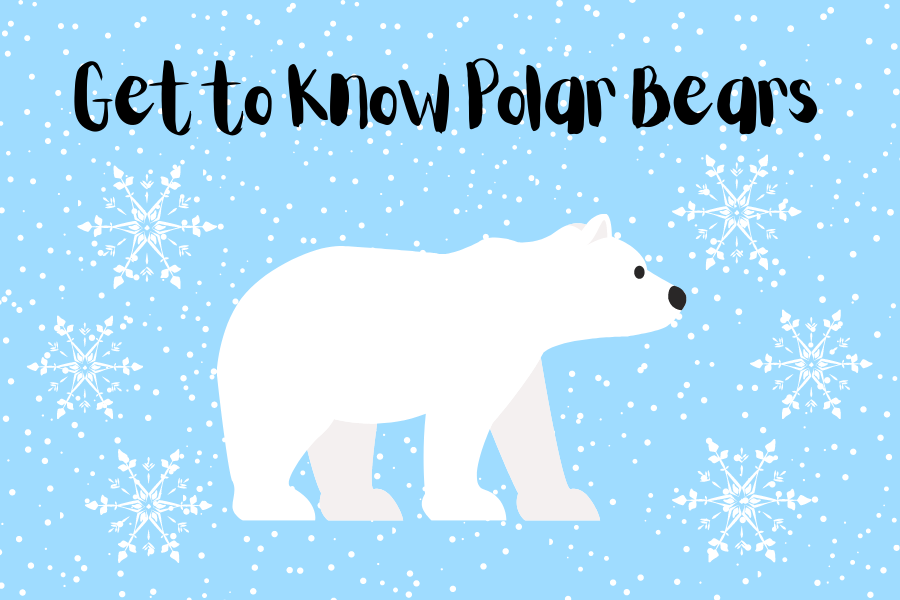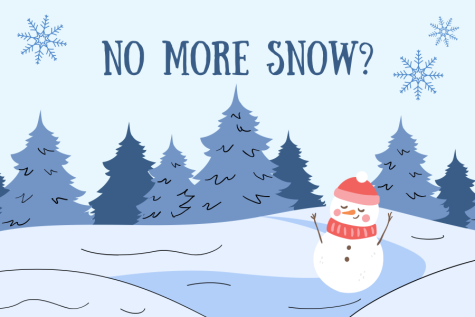Get to Know Polar Bears
When thinking of polar bears, you may envision cute cubs with adorable ears and paws covered in fluffy white fur. Or, you might imagine them almost blending into the snow. But, you’ve probably never come into contact with one of these furry creatures, and if you did, it would be frightening! So, why is this the case?
Are polar bears a viable threat?
With a combination of cute looks, sharp teeth, and huge size, it’s difficult to tell whether polar bears are dangerous. Because of their solitary lifestyle, polar bears are not a very terrifying threat to us, so long as we don’t go into their environments. Polar bears live in distant Arctic territory, where humans have seldom visited. Just as you may be scared of polar bears because you don’t know enough about them, polar bears are intimidated by you for that same reason! In fact, polar bears don’t have many natural enemies other than humans, and the disastrous impact our actions have on their habitats.
At what point do polar bears turn dangerous?
Despite their cute attributes, you should still be wary of polar bears due to their predatory nature. Environmental crises pose many threats to the environments of polar bears. Climate change has been the leading cause of sea ice reduction in the Arctic since the 1980s. Sea ice reduction has diminished parts of polar bear habitats and pushed them closer to Arctic communities. In places like Greenland, polar bears are advancing into territories they never had before.
This erosion of polar bear territory threatens the seclusion between polar bears and humans that keeps us both safe. Although there have been no human deaths or severe injuries from polar bear attacks in Greenland, this has become a serious and dangerous issue for people living in the Arctic. The urgency of this issue for the sake of polar bear habitats and Arctic communities is why advocating for climate change is so important. So next time you think about polar bears, try not to fear them. Instead, advocate for their safety to ensure the safety of others!
Citations:
Alaska Department of Fish and Game. “Brown and Black Bear Viewing.” The Great State of Alaska, ADFG Alaska, www.adfg.alaska.gov/index.cfm?adfg=viewing.landmammals&spec:text=Brown%20bears%20%28also%20known%20as%20grizzlies%20black,bear%2C%20which%20is%20classified%20as%20a%20mammal, Accessed 27 May 2021.
Bloomfield, Paul. “Living with Polar Bears.” WWF Arctic, WWF Arctic Programme,
www.arcticwwf.org/newsroom/stories/living-with-polar-bears/, Accessed 27 May 2021.
Derych, John. “Polar Bear Facts.” North American Bear Center, Northwoods Ecology Hall, 2001, www.bear.org/polar-bear-facts/, Accessed 27 May 2021.
The Get Bear Smart Society, GBS. “Types of Bears in North America.” GetBearSmartSociety, Bear Smart Society, www.bearsmart.com/about-bears/north-americas-bears/#:~:text=0some%20subspecies%2C%20such%20as%20the%20Louisiana%20black,the%20states%20of%20Wyoming%2C%20Montana%2C%20Idaho%20and%20Washington, Accessed 27 May 2021.






